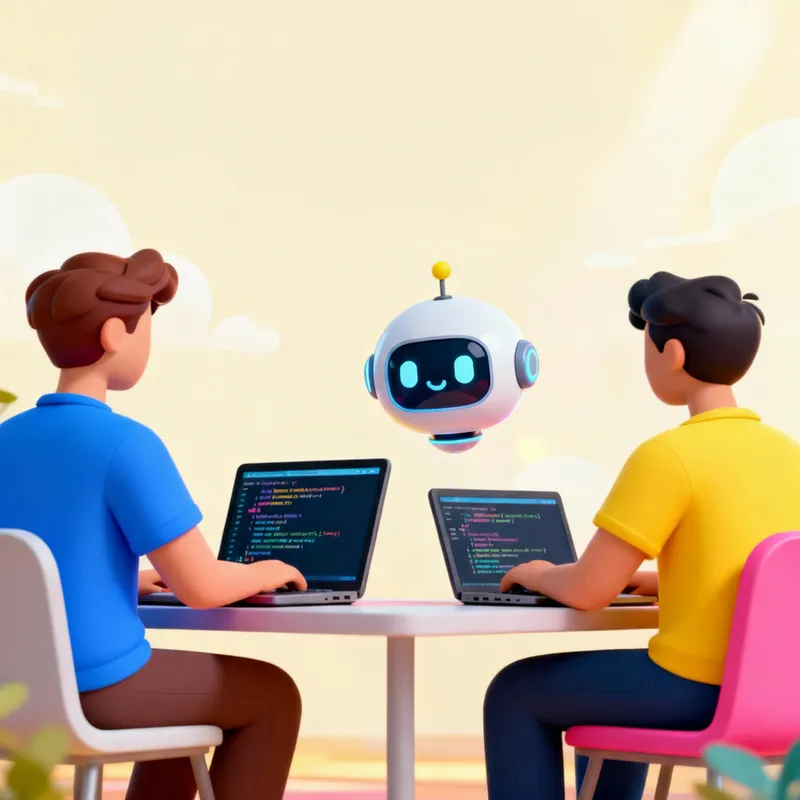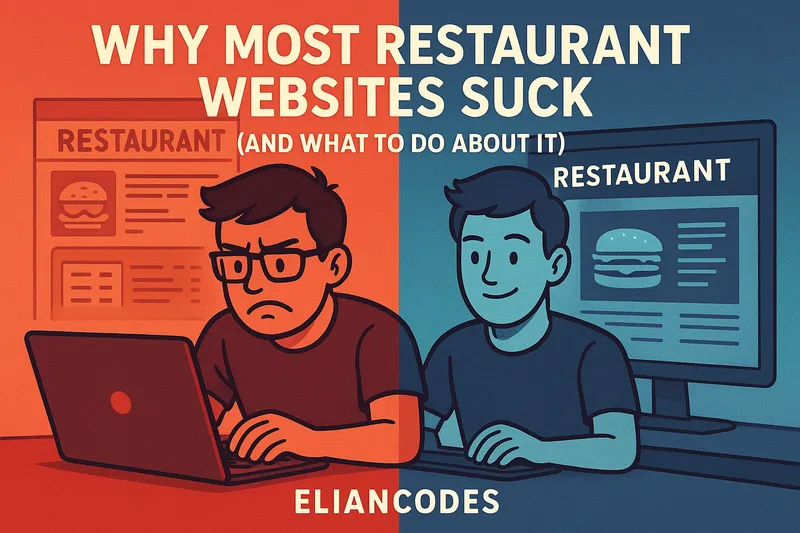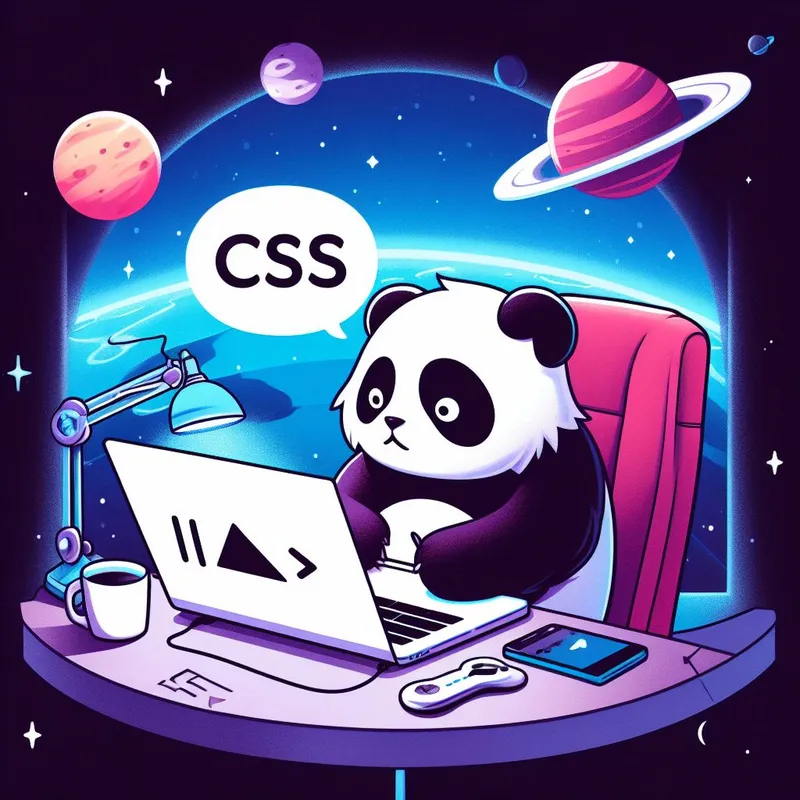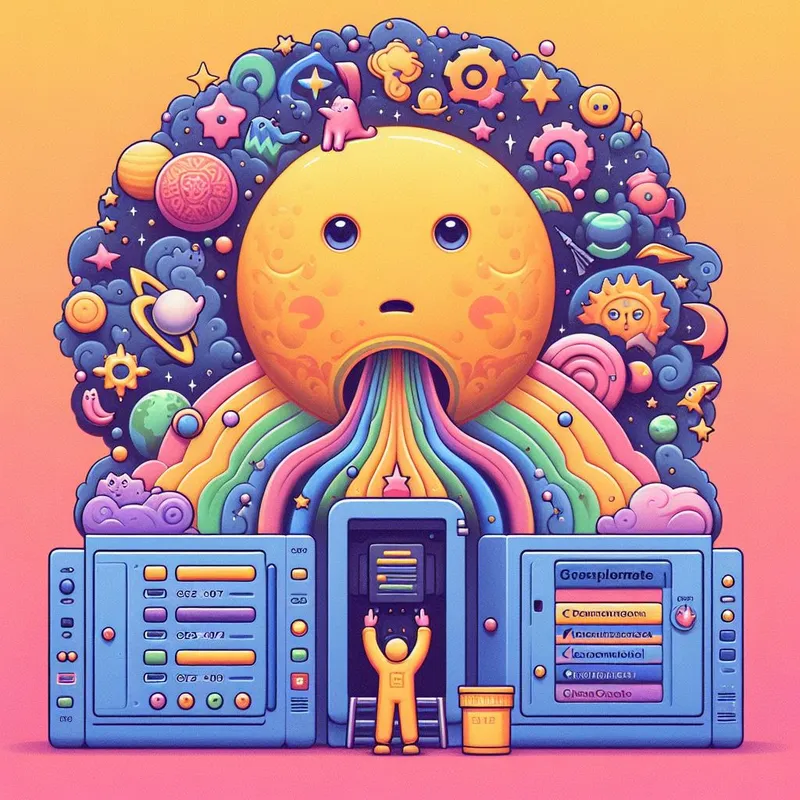Published on 9/5/2025 by Elian Van Cutsem
Why Most Restaurant Websites Suck (and What To Do About It)
Let’s get digital for a sec. I travel — a lot — and there’s one thing I never understand: why do so many restaurants still treat their websites like an afterthought, using them as a junk drawer for outdated menus and blurry photos?
Ever tried checking a menu online, only to face a PDF download, screen-pinch Olympics, or the infamous “coming soon” place-holder? If I’m hungry, I want to SEE what’s good, right now. No prehistoric files. No potato-cam food pics. Give me a landing page with speed, snap, and flavor — just like your kitchen.
Here’s what works — and what most places still get wrong:
- Menus should be live and digital, not trapped in heavy PDFs. If I’m browsing your site, I want instant access — not a slow download from the stone age.
- Photos = appetite triggers. Your food needs to look as good online as it tastes in real life. Invest in pro photos — or at least try, seriously!
- Booking shouldn’t feel like a quest. Integrate simple tools for reservations. If I have to phone in or fill out a spreadsheet, the vibe’s lost.
- Integrations are your friend. Online bookings, events, birthday perks, whatever — let the robots help fill your tables.
But wait… there’s more: SEO matters. A lot.
So many restaurants forget that Google, Bing, and every other maps or local discovery app crawls your website to understand your business.
If your website is a mess of missing titles, PDFs, or slow-loading junk, guess what?
You’re invisible to all the digital diners. The algorithms can’t figure out your hours, menu, or even your location.
Why SEO is not optional
- Search engines are your front door. They scan your website for keywords, structured info, current hours, and menu details.
- Google Maps, TripAdvisor, Instagram — they ALL use your site’s data. If you get this wrong, your business might not show up when it matters most.
- Fast, mobile-friendly sites = higher search ranking. Slow and messy means lost traffic.
The bottom line
A killer website is your best front-of-house. It sells for you 24/7.
You wouldn’t serve sloppy plates, so don’t settle for a sloppy online presence.
Get the basics sorted: clean design, instant menu access, killer photos, smooth bookings, and proper SEO.
Make your digital flavor as memorable as your cooking — and watch the tables fill themselves.
Want more dev rants on digital first impressions? Follow along @ElianCodes
Written by Elian Van Cutsem
← Back to blog




